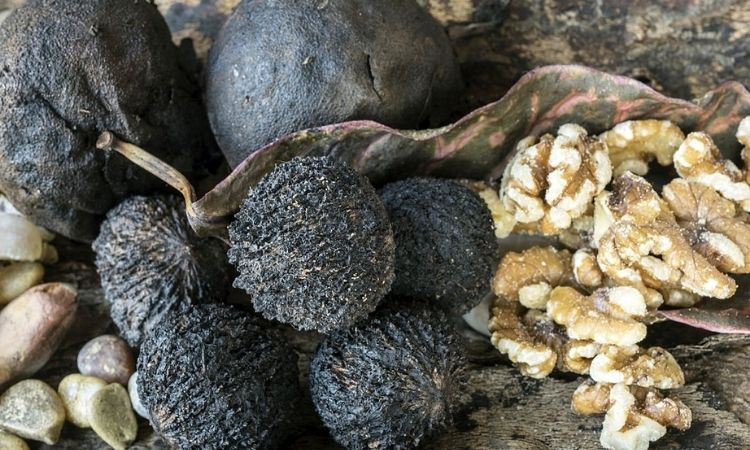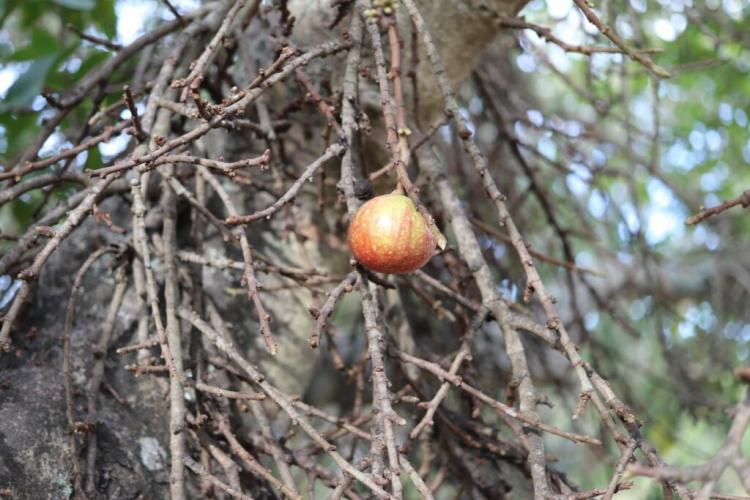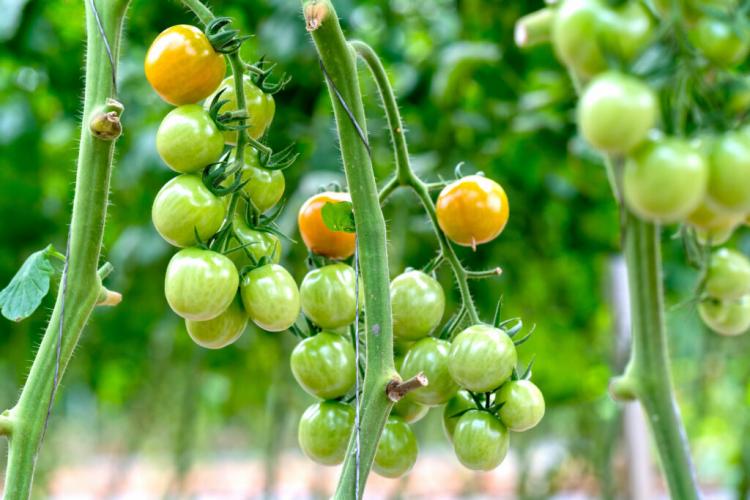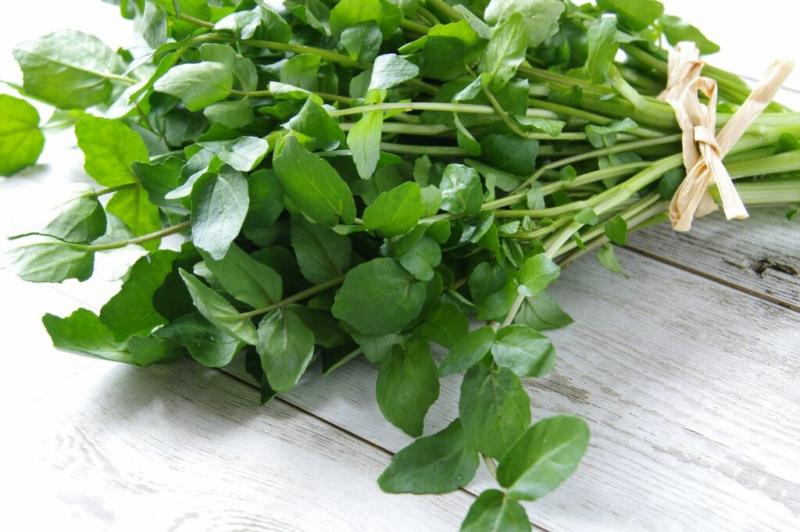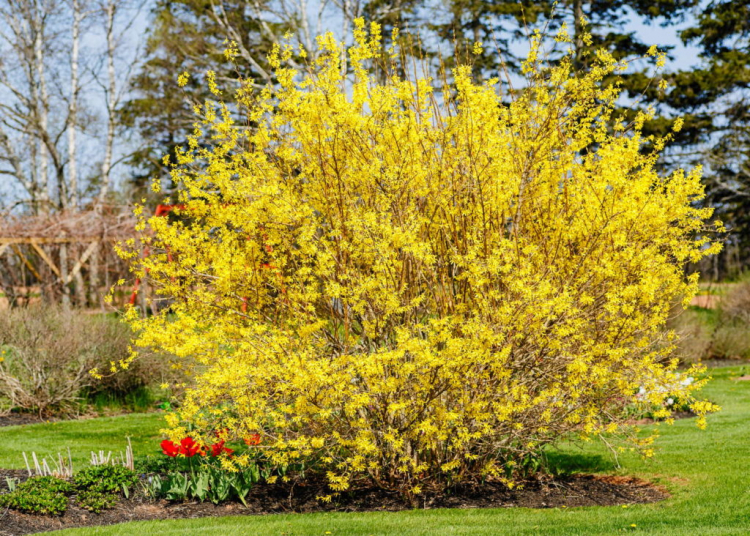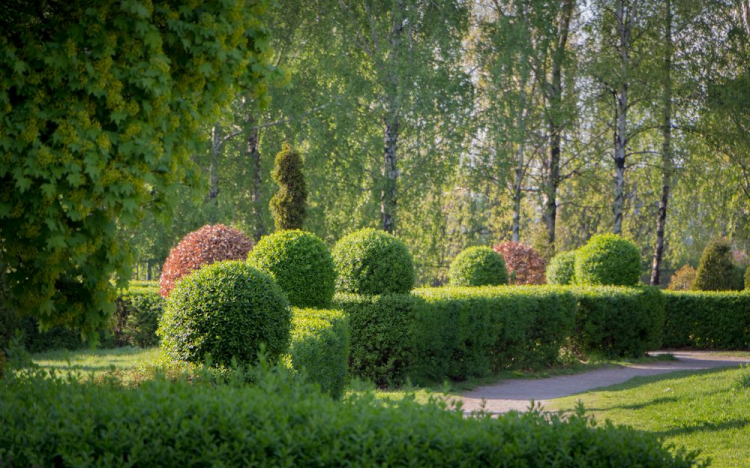Eastern Black Walnut (Juglans Nigra)
Of all members of the Walnut family, black walnut is the tallest. It is distinguished by its unusual appearance and versatility, and therefore most gardeners will certainly want to decorate their plot with it. However, for the plant to grow and develop within normal limits, it needs special care.
Features of black walnut
Table of Contents
The black or American walnut plant is a member of the Walnut genus of the Walnut family. It is a tree that can reach a height of about 30-40 meters. In middle latitudes, the height of such a plant, as a rule, does not exceed 18 meters, while the trunk reaches about 50 cm in diameter. There are many deep cracks on the surface of the dark crust. The tree got its name due to the spectacular black color of the fruits, bark, and wood.
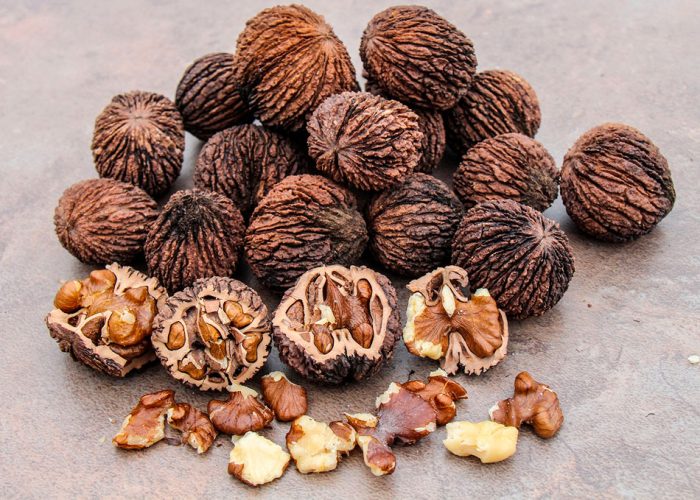
The black walnut has several characteristics:
- has a spectacular spreading crown;
- its branches are directed downward;
- the bark is painted in a dark brown shade, and cracks are located along its entire surface;
- the structure of dark brown wood is very strong;
- the edge of oval sheet plates is serrated;
- rather long greenish catkins are formed in spring;
- at first, oval nuts are pale green, and when they are ripe, their color changes to dark.
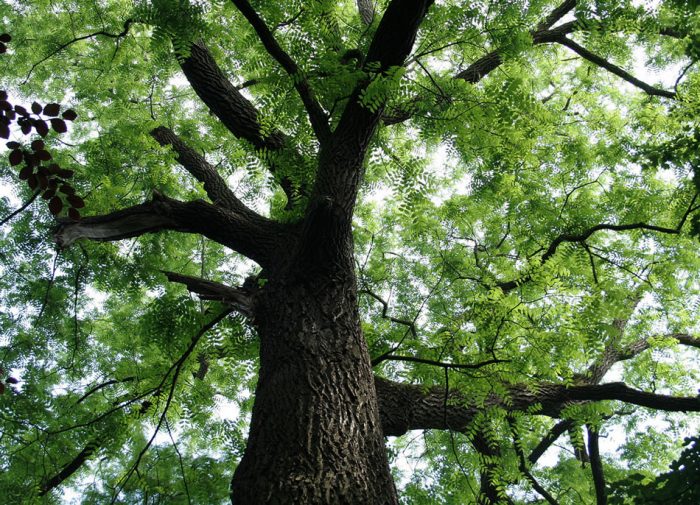
This tall tree comes from North America. In this regard, the people often call it “Canadian nut” or “American nut”. The plant can be found in deciduous forests, while its range is quite extensive: from Massachusetts in the south to Florida, and in the west – to Minnesota and Texas.
This plant is found throughout Europe. However, in the Scandinavian countries, it does not grow, due to the fact that there is a rather harsh cold climate. Black walnut prefers to grow on river and lakeshores, in the mountains, as well as in deciduous forests. The fact is that it needs moist soil.
Planting and leaving
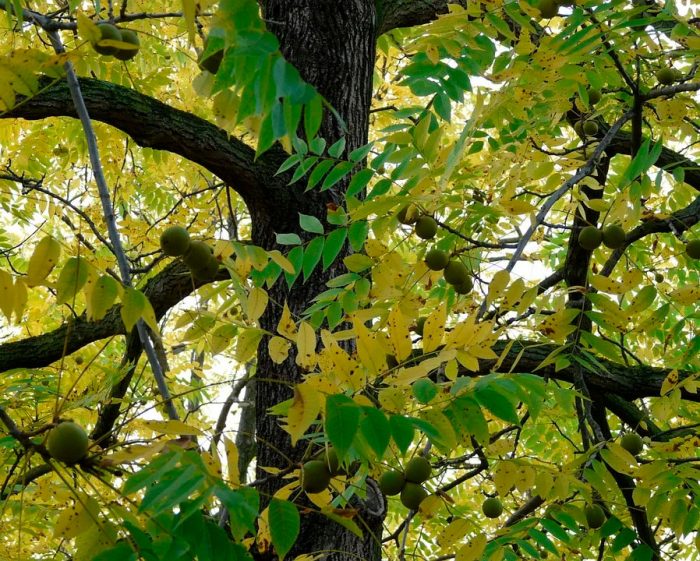
Black walnut is distinguished by the fact that its foliage has phytoncide properties. Phytoncides are able to destroy various bacteria in the air, due to this, it is purified. In order for such a spectacular tree to grow well, you should choose the most suitable place for it on your site.
It should be remembered that if there is a high concentration of phytoncides in the air, this will lead to the death of not only pathogenic but also beneficial bacteria for the human body. In this regard, if you decide to plant several seedlings at once, then the distance between them should be at least 15–20 m.
Optimal conditions for growth
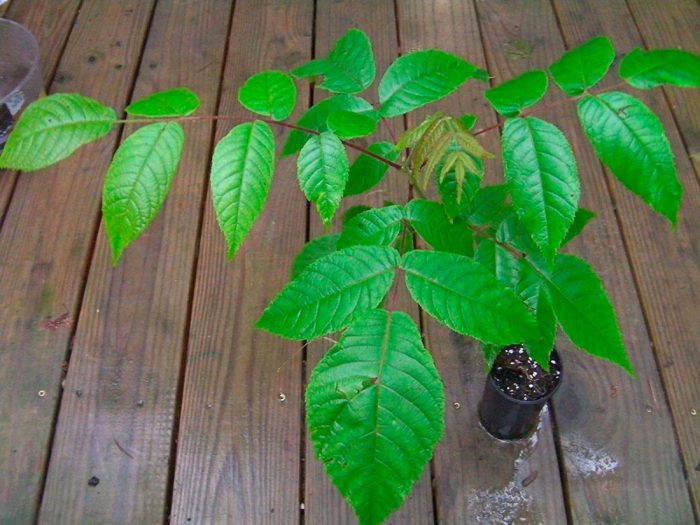
For the Canadian walnut to grow and develop within normal limits, the air temperature must be at least 10 degrees. However, adult plants are distinguished by their resistance to cold, they are not harmed by a decrease in air temperature to minus 38 degrees.
The soil should be slightly alkaline or neutral. A tree growing on slightly acidic or acidic soil lags behind in development and is not able to properly prepare for the coming winter.
Black walnut is distinguished by its moisture-loving nature. Quite often in Indiana, the root system of a plant is flooded. Often it is underwater for 4 weeks, but this does not harm the plant.
For planting such a crop, it is not recommended to choose areas located near fruit trees. Also, birch cannot grow normally next to it, as well as Solanaceous (tomatoes, potatoes, and eggplants). The fact is that the foliage of the black walnut emits a toxic substance – juglone, which has a detrimental effect on plants that are in close proximity to it. After some time, such a neighborhood leads to the death of these plants. However, there are trees that grow beautifully next to the Canadian walnut, such as maple, linden, and hornbeam.
Planting a black walnut
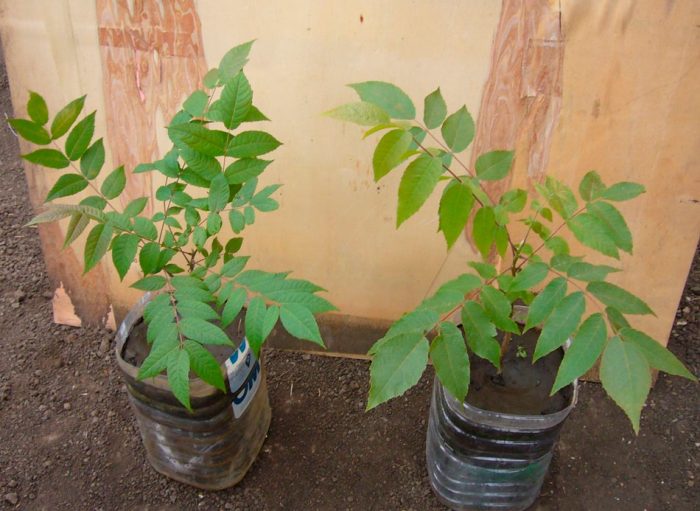
Before proceeding with the direct planting of black walnut, you need to start preparing the soil on the site. For spring planting, the soil begins to be prepared in the fall. Within 6 months, the earth will be able to accumulate the required amount of moisture. It must be fertilized; for this, compost or humus is introduced into the soil (3-4 kg per 1 m2).
When 1.5–2 weeks remain before planting the seedling, add soil to the prepared hole, which is mixed with 50 grams of potassium salt with 150 grams of superphosphate. Immediately before planting, the root system of the seedling is immersed for some time in a solution of a growth-stimulating agent.
The size of the planting hole must correspond to the size of the root system. The surface of the near-stem circle of a planted plant must be systematically loosened, and the tree itself must be spud. To avoid excessive evaporation of moisture, cover the soil surface near the plant with a layer of mulch.
Watch video. How To Grow walnuts from seeds
Walnut Care
During the period of the flowering and growing season, the plant is provided with regular abundant soil moisture in the near-stem circle. From the second half of July, they begin to gradually reduce the abundance of watering, which will help prepare the black walnut for winter. However, during the formation of fruits (from July to the last days of August), care must be taken to ensure that the soil is always slightly damp.

The plant does not need formative pruning. However, for sanitary purposes, it is necessary to cut off injured and dried branches in a timely manner. It is recommended to prune the tree at the beginning of the spring period as soon as the buds bloom, while the air temperature should not fall below minus 10 degrees.
Reproduction of black walnut
This culture is propagated by seed, cuttings, and clothespins. The most popular is the cultivation of a tree from seeds, while one-year or two-year seedlings are used for planting in the garden. It should be noted that annual seedlings take root much faster. In the process of planting seedlings, they need to be covered with earth 2/3 of the height.
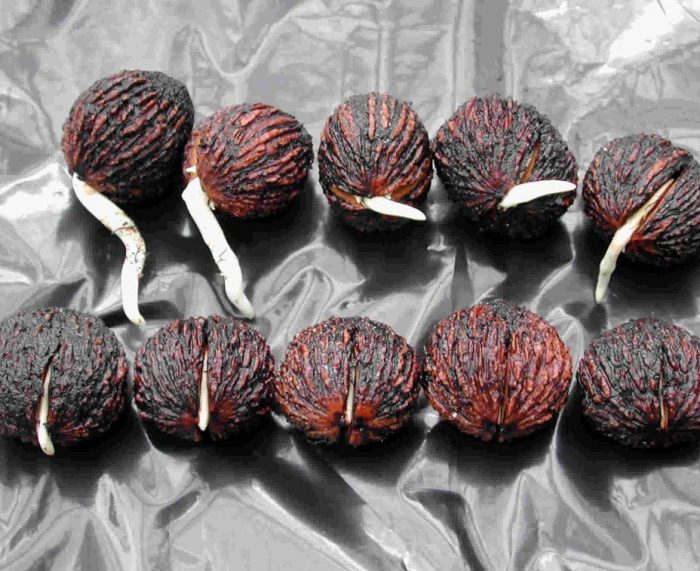
When choosing seed propagation, you need to take into account that the nuts are covered with a high-strength shell. Therefore, the seeds need special preparation, otherwise, the appearance of the seedlings will have to wait for a very long time. Warm water (from 20 to 23 degrees) is poured into a glass and the seed is immersed in it. The seeds are kept in water for three days. Do not forget to regularly change the water to freshwater: in the morning and evening.
Then the nuts are sent for germination, for this they are buried in moistened sand or sawdust, while they are buried by 10-12 centimeters. The optimum temperature for germination is 18 to 24 degrees. Moisten the substrate regularly and after 15–20 days the first seedlings will appear.
Diseases and pests
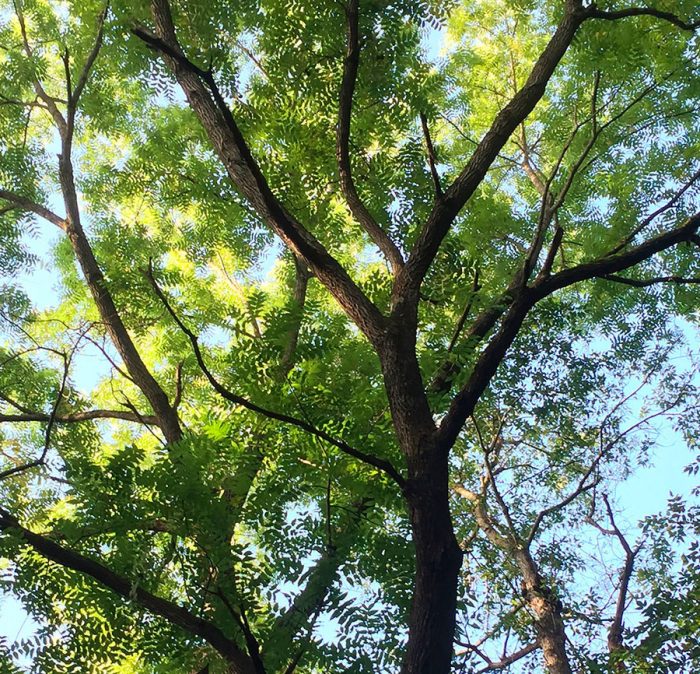
The American walnut is a very powerful plant that can resist both pests and various diseases. However, such a tree can also get sick. Most often it suffers from bacteriosis. Signs of the disease:
- the shape of the foliage changes and black spots form on its surface;
- the fruits are deformed.
Brown spots can also affect this plant. At first, specks of dark color are formed on the foliage, and after a while, they appear on the fruits. When the first symptoms of the disease are detected, the tree is treated with a fungicidal preparation.
Black walnut application
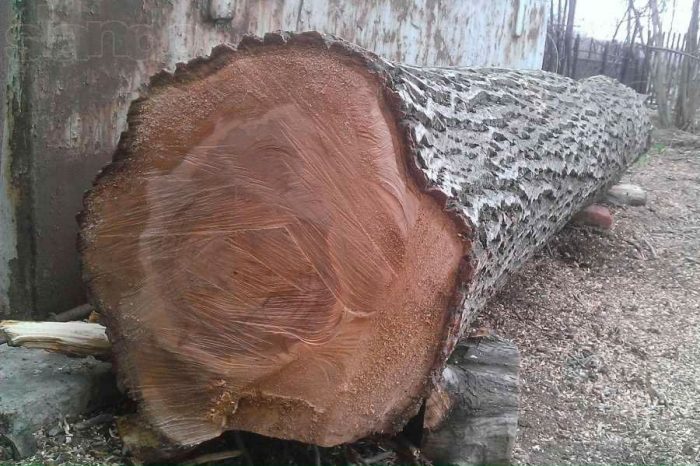
Black walnut is cultivated not only as an ornamental or fruit plant, it is also used to obtain valuable wood.
Wood characteristics:
- the color of the core can be very different: from bright chocolate to brownish (there may be dark stripes);
- wood can be painted in various colors: purple, red, or pale green;
- there is a special pattern on the fibers;
- natural gloss, medium;
- the fibers are straight, may be uneven.
Products of such a tree are easy to work with. The material lends itself well to processing, excellent polishing, and adhesion.
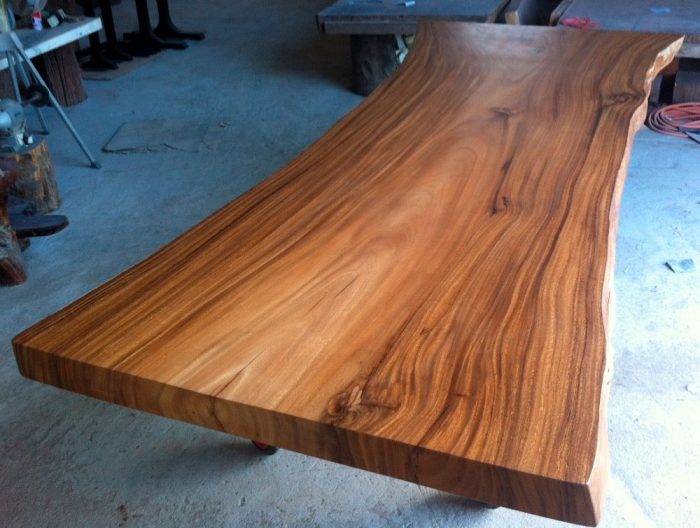
Furniture made of Canadian walnut wood is of particular value. It is distinguished by its antimicrobial properties, has a spectacular appearance and is resistant to external influences. Wood contains certain essential oils, glycosides and organic acids. In this regard, products made from it have reliable protection against the appearance of pathogenic fungi and bacteria.
However, the material has a significant drawback – rather low strength. The wood starts to bend during sawing. However, it is ideal for assembling decorative complex pieces of furniture, since in this case high elasticity is welcomed.
To make the furniture more durable, boards are dried and stored according to certain rules. This wood is used to make:
- weapon butts;
- musical instruments;
- flooring;
- decor items.
In addition to industrial production, black walnut is used in pharmacology and medicine. Medicines and tinctures are prepared from their extract.
Useful properties and contraindications
Black walnut fruits can be eaten, and they have a special taste. The fat content of the kernels is 55 to 66 percent. Therefore, these kernels are similar in nutritional value to English nuts.
Benefit
Such fruits are used as a food additive. They contain fatty acids, as well as vitamins of groups B, E, A, C, and PP. Ten fruits contain as much iodine as the human body needs per day. They also include carotene and tannin.
Use of kernels:
- helps the body to recover faster from an infectious disease;
- helps to strengthen the immune system;
- has an anthelmintic effect;
- promotes vasodilation, normalizes pressure;
- activates brain activity;
- relieves acne;
- tones the skin, reduces the number of wrinkles.
You can eat the kernels fresh or fry a little for a start. Children can eat a maximum of 5 kernels, and adults – from 8 to 10. They are added to desserts, and also used as a seasoning for second and first courses.
Contraindications
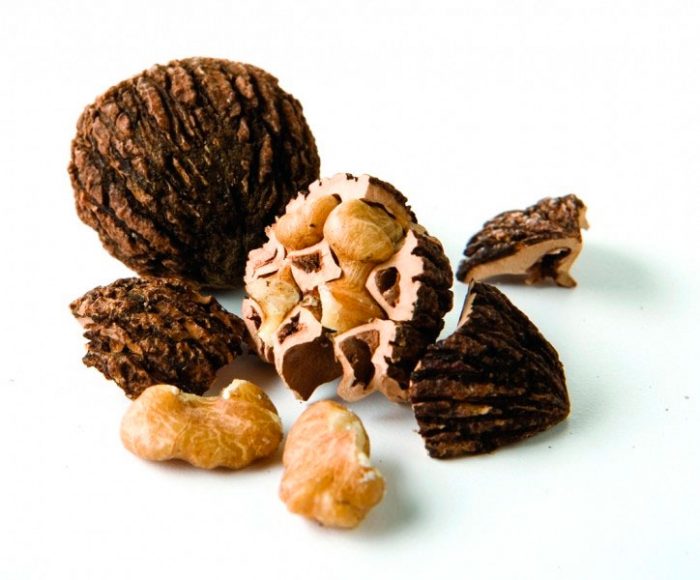
Since the kernels contain a lot of fat, this product is high in calories. Therefore, it is not suitable for a person who is trying to lose weight.
People suffering from gastritis should not eat fried kernels. Nuts are considered a powerful allergen, and allergy sufferers should pay attention to this. Eating a lot of black walnut kernels can lead to an allergic reaction. Black walnut should not be eaten by children under the age of five, as well as women during pregnancy and breastfeeding.
